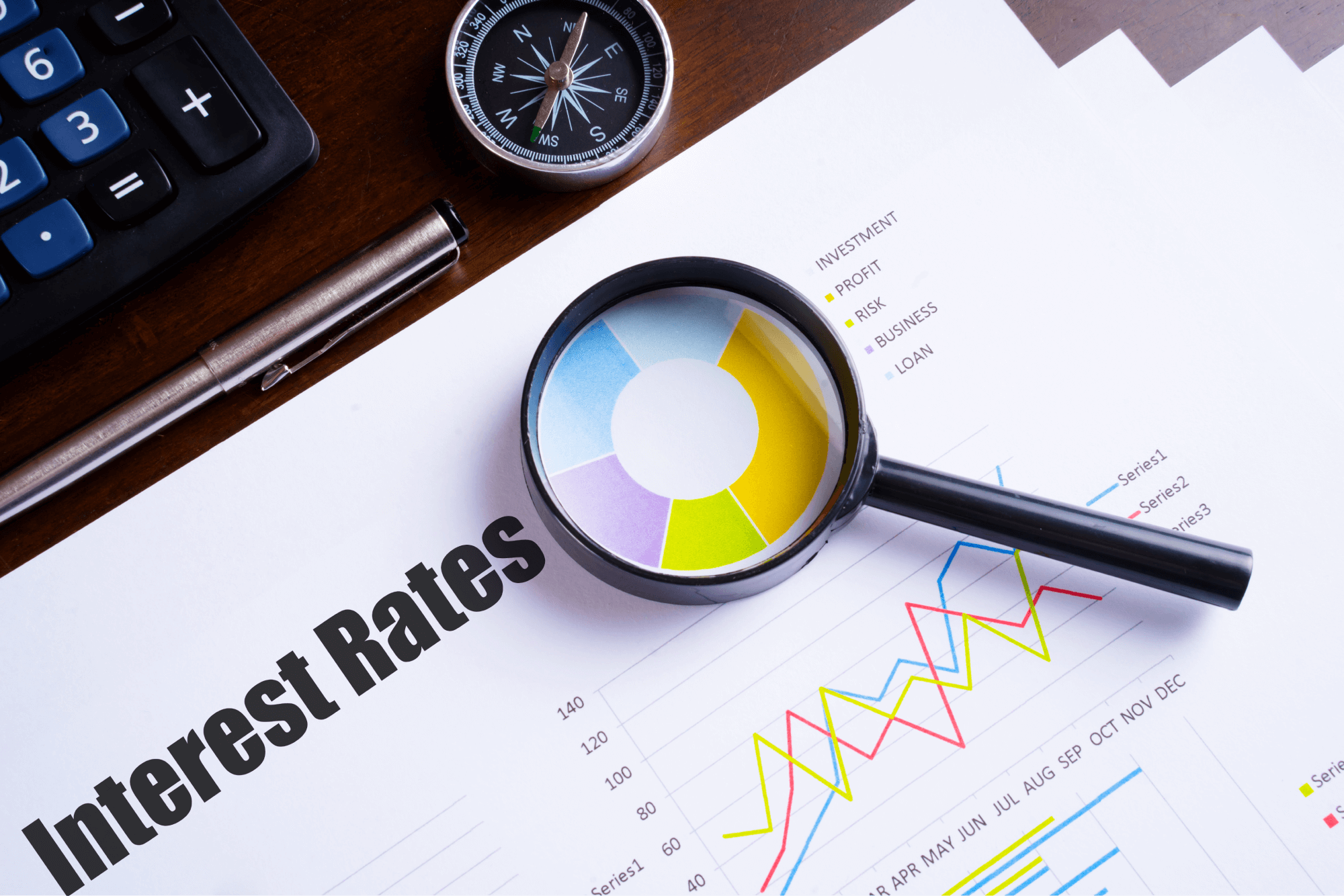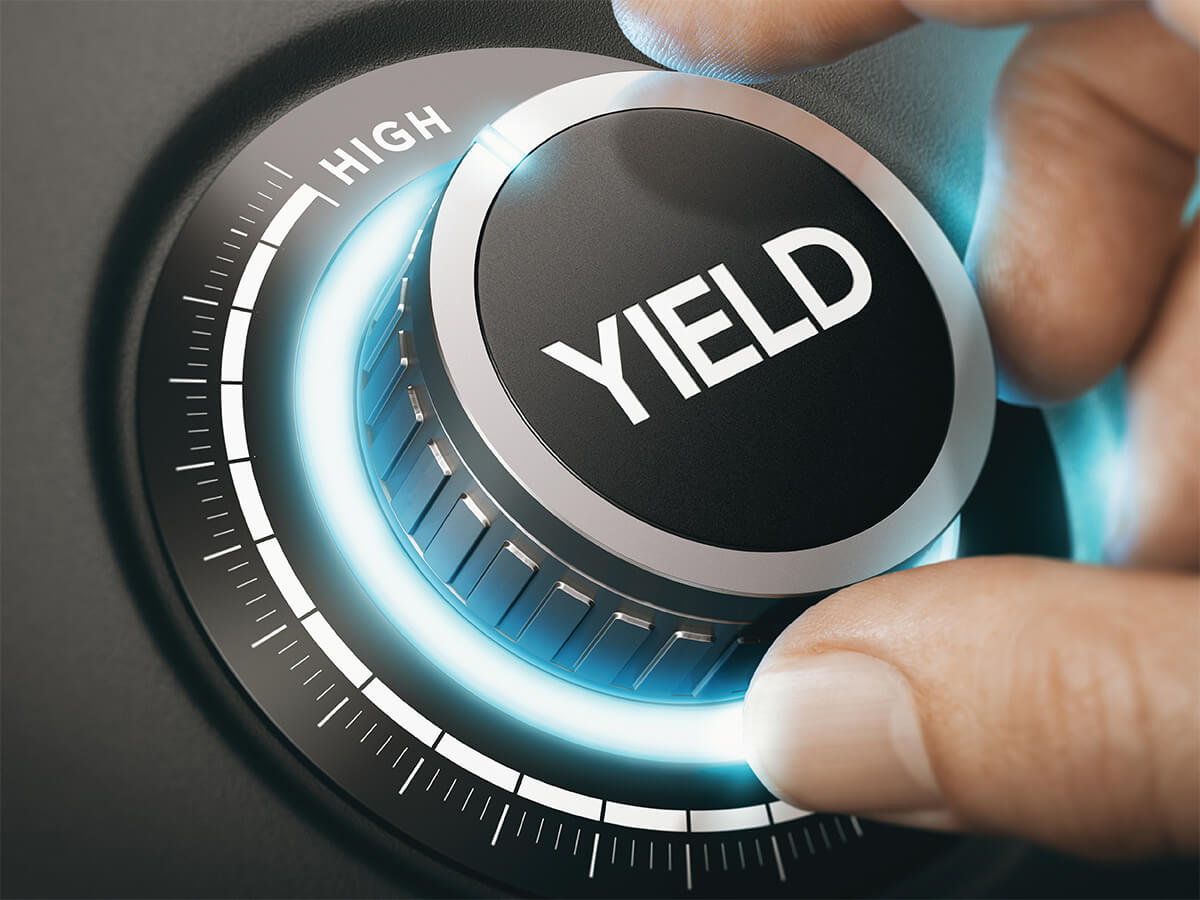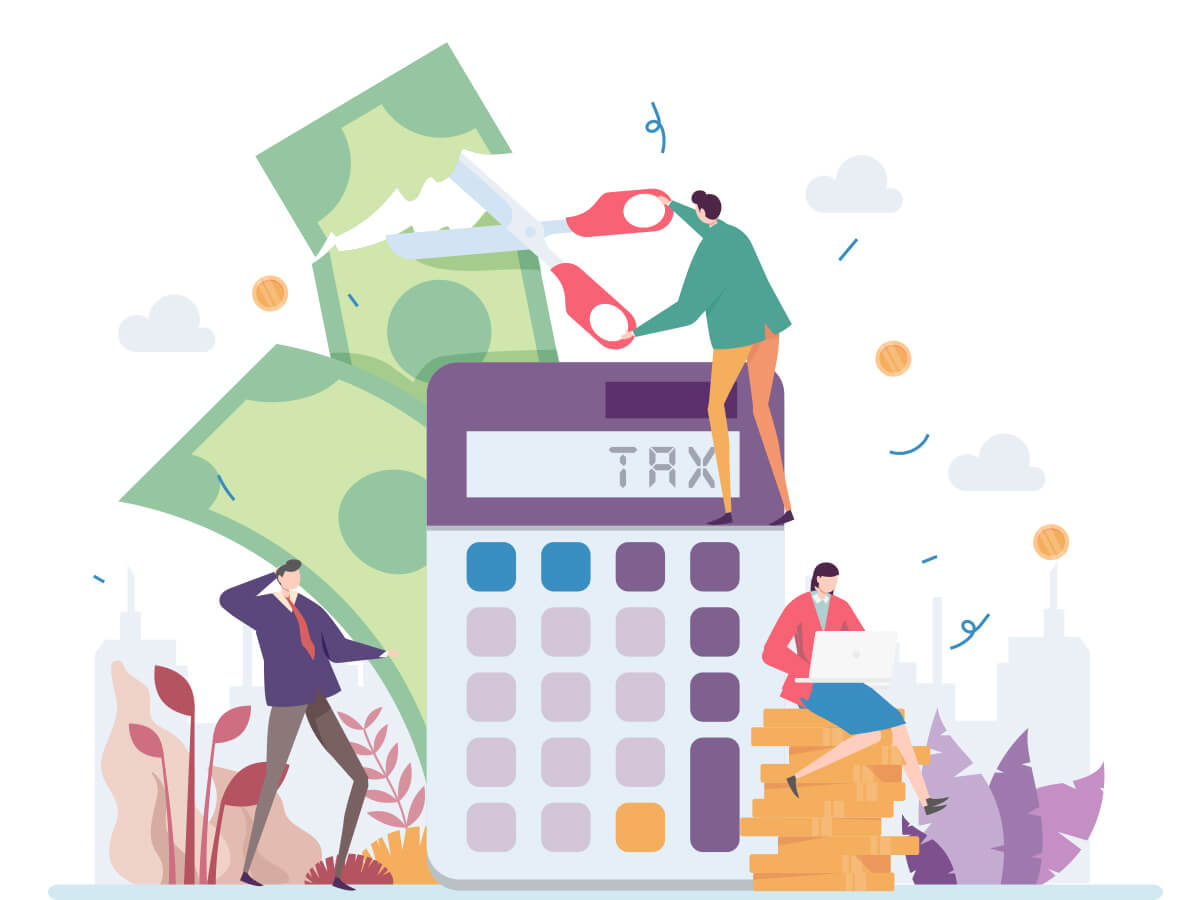If you’re considering investing in a fixed deposit (FD), you’ve probably come across terms like “effective yield” and “annualised yield.” While the interest rate mentioned by banks is the most commonly known aspect of an FD, it’s important to understand the concept of effective yield to make smarter investment decisions. In this blog post, we’ll demystify effective yield on FDs, explain how it’s calculated, and highlight its significance for your financial planning.
Invest Smartly with Mahindra Finance!
1. Understanding effective yield
When you invest in an FD, the interest rate mentioned by the bank is just one part of the equation. The effective yield takes into account not only the interest earned but also other factors such as compounding and tax benefits. It gives you a more accurate picture of your actual returns over a specific period. By considering the effective yield, you can make informed decisions about your investments and choose the option that offers maximum returns.
Now that we’ve understood what effective yield is, let’s delve into how effective yield on FD is calculated.
2. Effective yield calculation
To calculate the effective yield on your FD, you can use this simple effective yield formula:
effective yield = (1 + i/n)^n – 1
Where:
– ‘i’ represents the interest rate
– ‘n’ represents the number of compounding periods per year
For example, let’s say you have invested ₹100,000 in an FD with an annual interest rate of 8% that compounds quarterly. To calculate the effective yield on FD investment:
effective yield = (1 + 0.08/4)^4 – 1
= (1.02)^4 – 1
= 1.0824 – 1
= 0.0824 or 8.24%
As we can see, the effective yield of this FD is higher than the stated interest rate of 8%.
This is because the effective yield takes into account the compounding effect, allowing your investment to grow steadily over time.
3. Comparing effective yield and interest rate
While the FD interest rate indicates the growth of your investment, the effective yield provides a more accurate estimate of your actual returns. The interest rate is generally lower than the effective yield since it doesn’t consider compounding and other factors.
Imagine you have two FDs with identical interest rates of 8%, but one compounds annually and the other compounds quarterly. The FD that compounds quarterly will have a higher effective yield due to more frequent compounding periods.
To illustrate this further, let’s consider an example:
FD A: ₹100,000 at 8% interest compounded annually
FD B: ₹100,000 at 8% interest compounded quarterly
After one year, both FDs will have earned ₹8,000 in interest. However, when we calculate the effective yield on FD for each:
effective yield for FD A = (1 + 0.08/1)^1 – 1 = 0.08 or 8%
effective yield for FD B = (1 + 0.08/4)^4 – 1 = 0.08243 or 8.243%
As we can see, although both FDs have the same interest rate, FD B has a higher effective yield due to quarterly compounding.
It’s important to note that while comparing different FDs, you should consider their respective yields rather than just their interest rates to make accurate comparisons.
4. Tax benefits and effective yield
Another factor to consider when calculating the effective yield on FD is the impact of taxes. While some FDs offer tax exemptions, others are subject to taxation based on your income and age. The tax liability on your interest earnings can significantly affect your effective yield.
Let’s say you have invested ₹100,000 in an FD with an interest rate of 9% compounded annually. However, after accounting for applicable taxes, your effective yield drops to 7%. In this scenario, it’s important to calculate the tax-effective yield to understand your actual returns after taxes.
5. Making informed investment decisions
Now that we understand how effective yield is calculated and its significance in assessing FD returns, let’s explore how you can use this information to make informed investment decisions.
a) Scenario 1: Choosing between different FDs
Suppose you have two FD options: Option A offers an interest rate of 7% compounded annually, while Option B offers an interest rate of 6.5% compounded quarterly. At first glance, Option A seems more lucrative due to its higher interest rate. However, by calculating the effective yields for each option, you can gain a clearer understanding of their actual returns.
Calculating the effective yields:
effective yield for Option A = (1 + 0.07/1)^1 – 1 = 0.07 or 7%
effective yield for Option B = (1 + 0.065/4)^4 – 1 = 0.06644 or 6.644%
Although Option A has a higher interest rate, Option B has a higher effective yield due to quarterly compounding.
b) Scenario 2: Planning for long-term goals
Let’s say you’re planning to save for your child’s education over a period of ten years and are considering investing in an FD with an interest rate of 8%. However, by calculating the effective yield, you discover that it offers an effective yield of 8.5% due to quarterly compounding. This higher effective yield can significantly impact your savings and help you achieve your long-term goals more efficiently.
c) Scenario 3: Maximising tax efficiency
By considering both the interest rate and tax implications, you can make informed decisions to Maximise your returns. Suppose you have the option to invest in a tax saving FD with an interest rate of 7% or a regular FD with an interest rate of 8%. After accounting for taxes, the tax-effective yield on the tax-saving FD is higher than that of the regular FD. In this scenario, choosing the tax-saving FD would be a more financially prudent decision.
Additional read: What Is Annualized Yield In FD’s
Conclusion
Effective yield is a crucial factor to consider when investing in fixed deposits. By understanding how it’s calculated and comparing it with the interest rate, you can make informed investment decisions and Maximise your returns. Remember to also take into account tax benefits and implications to calculate the tax-effective yield accurately.
When it comes to investing in fixed deposits, Mahindra Finance offers a wide range of options tailored to meet your financial needs. Their reliable service and competitive rates make them an ideal choice for those seeking stable returns on their investments. Explore Mahindra Finance’s offerings today and make your money work harder for you!
FAQs
Q: How can I calculate the effective yield on my FD?
A: The formula to calculate the effective yield on an FD is (1 + i/n)^n – 1, where ‘i’ represents the interest rate and ‘n’ represents the number of compounding periods per year. The formula for effective yield calculation is very important while choosing investments.
Q: What is the difference between interest rate and effective yield?
A: The interest rate refers to the growth of your investment, while effective yield takes into account factors such as compounding and tax benefits, providing a more accurate estimate of your actual returns.
Q: Can you provide an example of tax-effective yield?
A: Let’s say you have invested in an FD with an interest rate of 9%. After accounting for taxes, your effective yield drops to 7%. In this case, the tax-effective yield is 7%.
Q: How does compounding affect the effective yield?
A: Compounding increases the effective yield by allowing your investment to grow steadily over time. The more frequent the compounding periods, the higher the effective yield will be.
Q: Is it better to choose an FD with a higher interest rate or a higher effective yield?
A: It’s important to consider both the interest rate and effective yield when choosing an FD. While a higher interest rate may seem attractive, a higher effective yield indicates better returns after considering factors like compounding and taxes.
























































